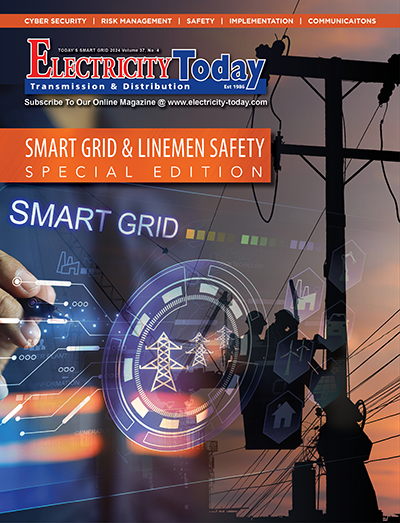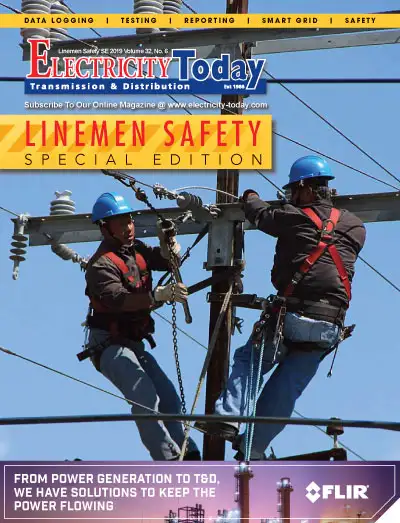What Is Step and Touch Potential and Reducing Resistance To Ground?
Step PotentialStep potential is the step voltage between the feet of a person standing near an energized grounded object. It is equal to the difference in voltage, given by the voltage distribution curve, between two points at different distances from the electrode. A person could be at risk of...





















